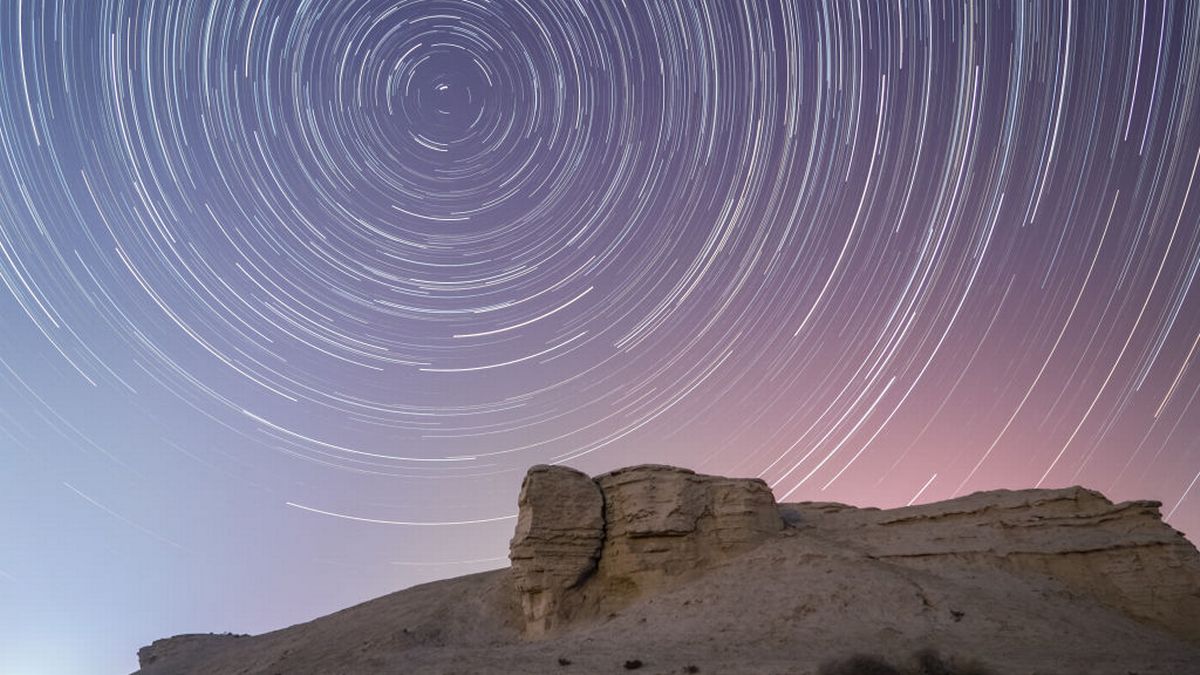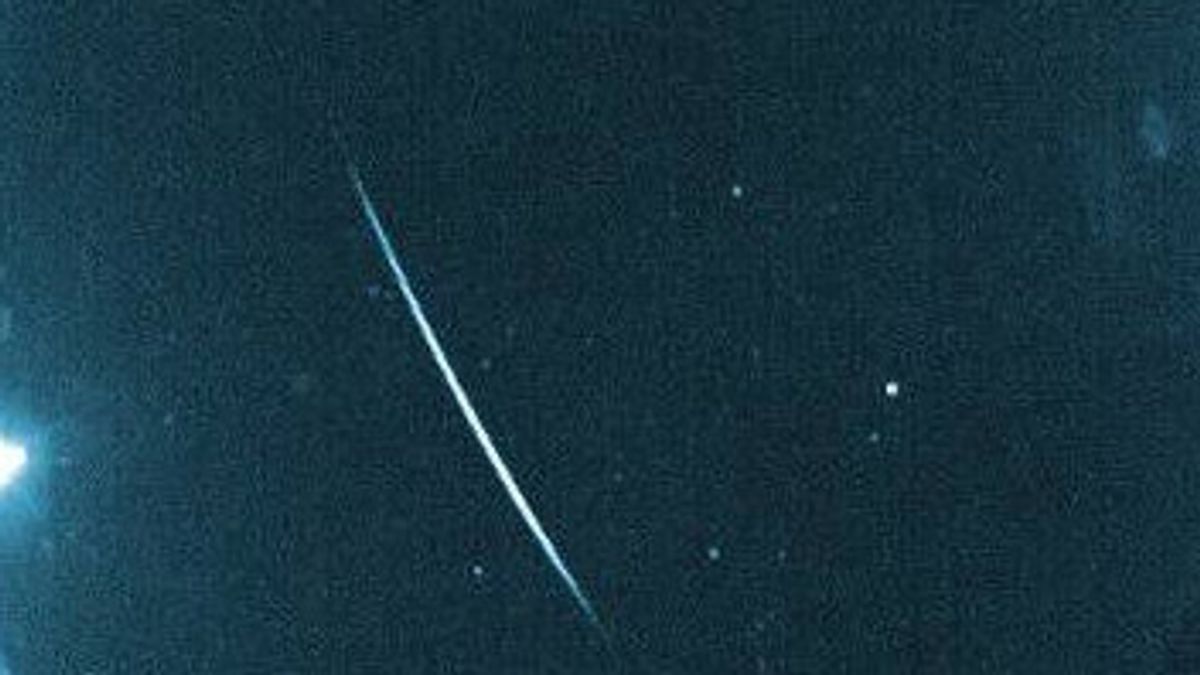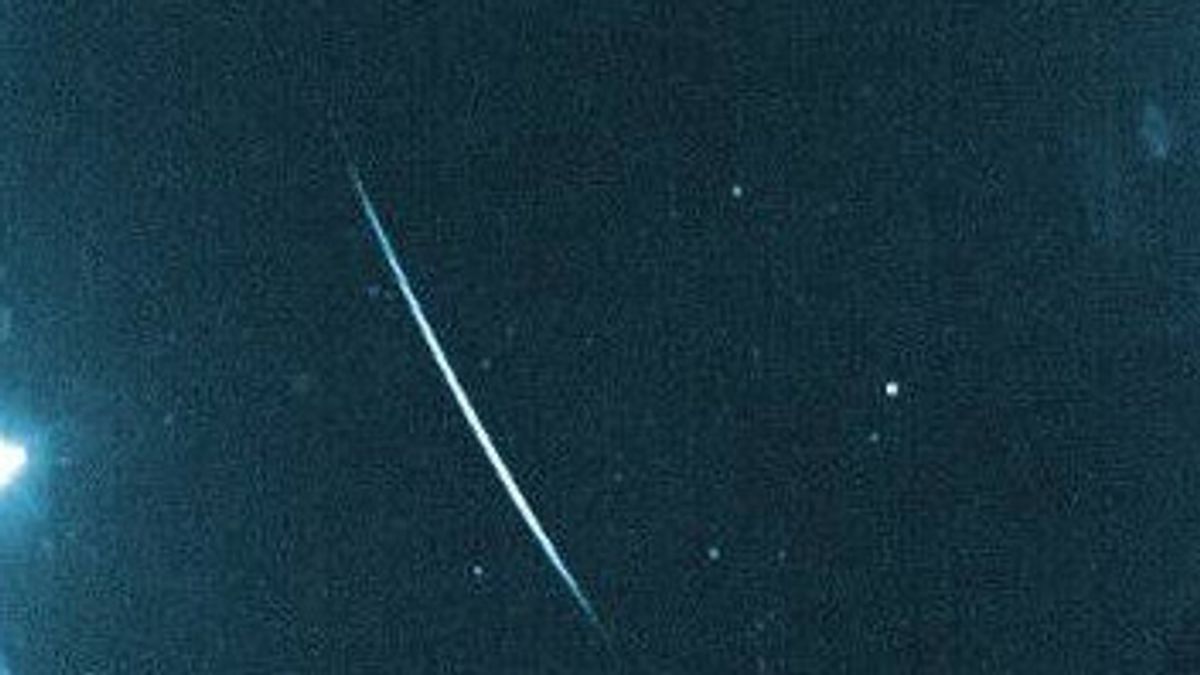Venus Moon duo and Quadrantids meteors stun stargazers! This incredible celestial double feature treated skywatchers to a breathtaking display. A stunning conjunction of Venus and the crescent moon provided a dazzling backdrop for the annual Quadrantids meteor shower, creating a memorable spectacle for astronomy enthusiasts worldwide. We’ll explore the details of this rare alignment, the meteor shower’s characteristics, and the reactions of those lucky enough to witness it.
Imagine a velvety black sky, punctuated by the brilliant glow of Venus nestled beside a delicate crescent moon. Against this celestial backdrop, streaks of light – the Quadrantids meteors – painted ephemeral trails across the heavens. This combination of events, though not unheard of, is certainly a rare and awe-inspiring sight, capturing the imagination of stargazers everywhere and inspiring many to share their experiences online.
Celestial Dance: Venus, the Moon, and the Quadrantids
The night sky recently treated stargazers to a spectacular double feature: a stunning conjunction of Venus and the Moon, closely followed by the peak of the Quadrantids meteor shower. This rare celestial alignment captivated observers worldwide, offering a breathtaking display of astronomical wonders.
Hey stargazers! Did you catch the amazing Venus-Moon duo and the Quadrantids meteor shower? It was quite a show, a real celestial spectacle! Meanwhile, down here on Earth, politics were equally dramatic, as you can see from this news report about Republican Mike Johnson reelected House speaker after dramatic events. But back to the cosmos – let’s hope for more stunning night sky events soon!
Venus and the Moon Conjunction

The conjunction showcased Venus and the Moon in close proximity, a visually striking event due to the planets’ brightness and the Moon’s phases. Their relative positions varied depending on the observer’s location and the time of observation. This specific alignment was a result of the planets’ orbital paths around the Sun, with the Moon’s orbit around the Earth bringing it into close visual proximity with Venus.
Hey stargazers! Did you catch the amazing Venus-Moon duo and the Quadrantids meteor shower? It was quite a show, but even celestial events can’t distract from other news, like the fact that Bumrah leaves SCG for scans after experiencing back spasms , which is a bummer. Anyway, back to the awesome night sky – hopefully, we’ll have more spectacular viewing opportunities soon!
From various locations, the conjunction appeared as a dazzling spectacle. In some areas, the thin crescent Moon appeared to cradle the bright planet Venus, creating a beautiful celestial embrace. In other locations, the two celestial bodies appeared closer together or farther apart, depending on the observer’s perspective and the time of observation. The brightness of Venus, often described as a brilliant, dazzling star, contrasted beautifully with the soft glow of the crescent Moon.
| Time Zone | Visibility (Example) | Approximate Time of Closest Approach | Notes |
|---|---|---|---|
| UTC | Good, clear skies | 03:00 | Visibility may vary due to weather conditions. |
| EST | Excellent, dark skies | 22:00 | Optimal viewing conditions. |
| PST | Moderate, some light pollution | 19:00 | Light pollution may affect visibility. |
| CET | Good, partially cloudy | 04:00 | Cloud cover may partially obscure the view. |
Quadrantids Meteor Shower, Venus Moon duo and Quadrantids meteors stun stargazers

The Quadrantids, known for their potential for high meteor rates, originated from the debris trail of an extinct comet or asteroid, possibly 2003 EH1. The shower’s radiant point, from which the meteors appear to originate, lies in the constellation Boötes, near the former constellation Quadrans Muralis, hence the name. The peak activity is typically brief, lasting only a few hours.
Optimal viewing involved finding a location with minimal light pollution, away from city lights. Clear skies are essential, of course. While binoculars or telescopes aren’t necessary, a comfortable reclining chair or blanket can greatly enhance the viewing experience. Patience is key; allow your eyes to adjust to the darkness for at least 20-30 minutes.
Combined Astronomical Events: A Rare Occurrence

The simultaneous occurrence of a bright Venus-Moon conjunction and a major meteor shower like the Quadrantids is a relatively rare event. The brightness of the Moon, particularly during its crescent phase, can somewhat diminish the visibility of fainter meteors. However, the brighter Quadrantid meteors would still be easily visible against the night sky.
- Venus-Moon Conjunction: Close visual proximity of Venus and the Moon.
- Quadrantids Meteor Shower: High meteor rates from the debris trail of 2003 EH1.
- Rarity: Both events occurring simultaneously is unusual.
- Moon’s Impact: The Moon’s brightness could slightly reduce the visibility of fainter meteors.
Stargazer Experiences and Reactions
Social media platforms buzzed with excitement as stargazers shared their photos and experiences. Many described the conjunction as breathtaking, with comments focusing on the contrast between the Moon’s soft glow and Venus’s brilliant shine. Accounts from those who witnessed both events highlighted the unexpected thrill of experiencing such a celestial double feature. The event inspired numerous photographs capturing the beauty of the conjunction and the streaks of the Quadrantids.
- Stunning astrophotography capturing the conjunction and meteors.
- Time-lapse videos showcasing the movement of meteors across the sky.
- Social media posts expressing awe and wonder at the celestial display.
- Artistic interpretations of the event through paintings and digital art.
A Night Sky Tapestry
The night sky during the conjunction and meteor shower presented a vibrant spectacle. Venus shone brightly, a dazzling beacon near the crescent Moon. The meteors, appearing as fleeting streaks of light, varied in brightness and color, with some showing trails of persistent light. The atmospheric conditions played a significant role; clear skies offered the best viewing, while cloud cover obscured portions of the celestial display.
The overall visual impact was awe-inspiring, a breathtaking reminder of the wonders of the universe.
Final Summary

The simultaneous appearance of the Venus-Moon conjunction and the Quadrantids meteor shower provided a truly unforgettable celestial show. The rarity of this event, combined with the sheer beauty of the display, captivated observers globally. From stunning photographs shared on social media to personal accounts of wonder and awe, the experience resonated deeply, reminding us of the breathtaking wonders of the universe and inspiring a renewed appreciation for the night sky.
It’s a reminder to look up and appreciate the celestial dance happening above us.
Q&A: Venus Moon Duo And Quadrantids Meteors Stun Stargazers
What causes the Quadrantids meteor shower?
The Quadrantids originate from debris left behind by an asteroid, or possibly an extinct comet, called 2003 EH1.
Witnessing the amazing Venus-Moon duo and the Quadrantids meteor shower was truly breathtaking! It got me thinking about pursuing my dreams, and I’m looking into career options like becoming a surgical tech. If you’re interested too, check out this site for surgical tech programs near me with financial aid options to help fund your studies. After all, life’s amazing celestial shows inspire us to reach for the stars – both literally and figuratively!
How often do Venus and the Moon appear so close together?
Venus and the Moon have conjunctions relatively frequently, but the exact proximity and visibility vary. The specific arrangement seen during this event wasn’t an everyday occurrence.
Can I see the Quadrantids every year?
Yes, the Quadrantids meteor shower happens annually, but the peak viewing time and intensity can vary.
What’s the best way to photograph the meteor shower?
Use a DSLR or mirrorless camera with a wide-angle lens, a tripod, and a long exposure setting. Experiment to find the best balance between light sensitivity and exposure time to capture the meteors without overexposing the sky.
